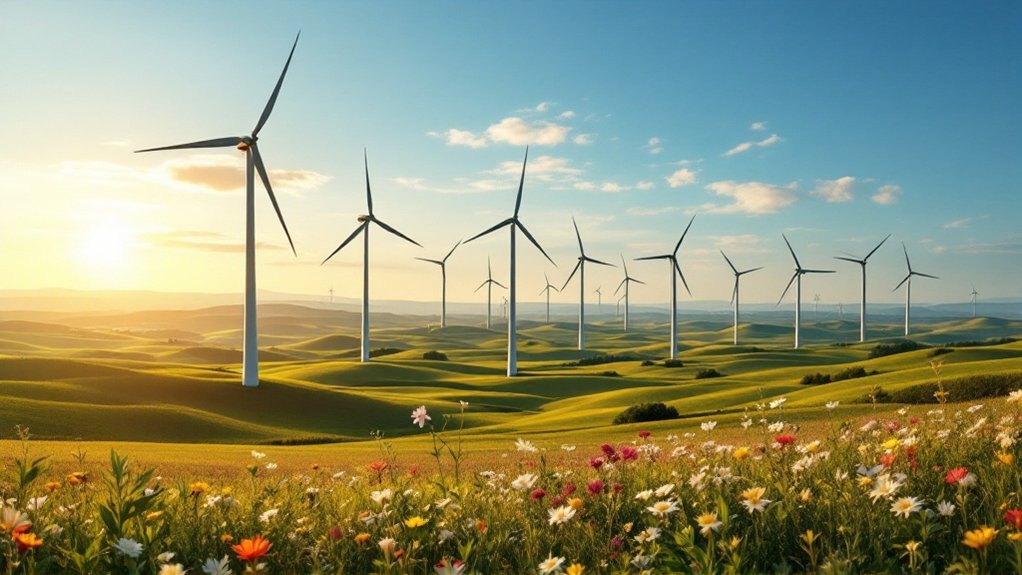
Wind Turbine Technology Transforming Renewable Energy Landscape
Wind turbine technology is reshaping the renewable energy sector. New designs focus on larger, more efficient models that harness wind energy effectively. Innovations in materials and aerodynamics contribute to enhanced performance. As offshore and vertical-axis turbines emerge, the landscape of energy production shifts. The implications for sustainability and economic opportunities are significant. Yet, the true potential of these advancements remains to be fully explored. What might the future hold for this evolving industry?
Innovations in Wind Turbine Design
As advancements in renewable energy continue to gain momentum, innovations in wind turbine design have emerged as a critical factor in enhancing efficiency and sustainability. Modern turbines feature larger blades and improved aerodynamics, enabling them to capture more wind energy, even in low-wind conditions. Materials such as carbon fiber and advanced composites contribute to increased durability while reducing weight, additionally improving performance. Moreover, the implementation of vertical-axis designs offers new opportunities for installation in urban environments, where space is limited. Additionally, design enhancements focus on noise reduction and wildlife protection, making turbines more environmentally friendly. These innovations not only boost energy output but also pave the way for broader acceptance of wind energy as a viable and clean power source. Furthermore, the renewable energy sector is a significant source of job creation, underscoring the economic benefits of these advancements.
Enhancing Efficiency Through Technology
The advancements in wind turbine design set the stage for further enhancements in efficiency through technology. New materials and manufacturing techniques have led to lighter, stronger blades that can capture wind energy more effectively. The integration of advanced sensors and data analytics enables real-time monitoring of turbine performance, facilitating predictive maintenance and reducing downtime. Furthermore, software algorithms optimize turbine operations by adjusting blade pitch and orientation based on wind conditions, maximizing energy output. Additionally, innovations in energy storage solutions complement turbine efficiency, ensuring a steadier power supply. Collectively, these technological improvements not only elevate energy generation rates but also contribute to the overall sustainability of wind energy, reinforcing its role in the renewable energy landscape. Moreover, the use of renewable energy sources like wind is crucial for reducing pollution and conserving natural resources.
Offshore vs. Onshore Wind Farms
Wind farms can be categorized into two primary types: offshore and onshore, each possessing distinct advantages and challenges. Offshore wind farms, situated in bodies of water, benefit from higher and more consistent wind speeds, resulting in greater energy production potential. They also occupy less land, minimizing visual and noise impacts on communities. However, they face higher construction and maintenance costs, along with technological complexities due to marine environments.
Conversely, onshore wind farms are typically easier and cheaper to install, with simpler access for maintenance. They can, however, encounter land use conflicts and may experience lower average wind speeds compared to their offshore counterparts. Each type plays an essential role in the renewable energy landscape, contributing uniquely to sustainable energy goals. As companies increasingly adopt hybrid work models, the demand for renewable energy sources like wind power is likely to grow, further enhancing sustainability efforts.
Economic Impact of Wind Energy
While the change to renewable energy sources has garnered significant attention, the economic impact of wind energy remains a fundamental aspect of this shift. Wind energy contributes to job creation, with thousands of positions generated in manufacturing, installation, and maintenance of wind turbines. Additionally, it stimulates local economies through investments and tax revenues, which can be reinvested into community projects. Wind energy also reduces reliance on imported fuels, enhancing energy security and stabilizing energy costs. Moreover, the global shift to wind energy helps mitigate climate change, leading to long-term economic benefits by reducing health care costs associated with pollution. Furthermore, the concentration of power within the energy sector can be challenged by the decentralization offered by wind energy initiatives. Overall, the economic advantages of wind energy are increasingly recognized as crucial to sustainable development and energy independence.
The Future of Wind Energy Solutions
As advancements in technology continue to evolve, innovative solutions for harnessing wind energy are emerging, promising to enhance efficiency and accessibility. Future developments focus on larger, more efficient turbines that can generate power in lower wind conditions, expanding operational capabilities. Offshore wind farms are gaining traction, utilizing floating turbine technology to access deeper waters and harness stronger winds. In addition, advancements in energy storage systems will enable better integration of wind power into existing grids, addressing intermittency issues. Smart grid technologies will optimize energy distribution and consumption, ensuring that generated wind energy is efficiently utilized. These innovations collectively signify a transformative shift, positioning wind energy as a cornerstone of sustainable energy solutions in the coming decades. Furthermore, this evolution echoes the importance of stewardship in ensuring that renewable energy solutions align with environmental conservation efforts.
Frequently Asked Questions
How Do Wind Turbines Affect Local Wildlife and Ecosystems?
Wind turbines can impact local wildlife and ecosystems through habitat disruption, collision risks for birds and bats, and changes in local flora. However, careful planning and monitoring can mitigate these effects, promoting coexistence and sustainability.
What Are the Environmental Impacts of Wind Turbine Manufacturing?
The environmental impacts of wind turbine manufacturing include resource extraction, energy consumption, and waste generation. These processes can lead to habitat disruption, pollution, and carbon emissions, necessitating a careful assessment of sustainability within the industry.
How Long Do Wind Turbines Typically Last?
Typically, wind turbines have a lifespan of 20 to 25 years. Factors such as maintenance, design, and environmental conditions can influence their longevity, impacting efficiency and performance throughout their operational period.
What Is the Average Cost of Installing a Wind Turbine?
The average cost of installing a wind turbine varies considerably, typically ranging from $3,000 to $8,000 per installed kilowatt. Factors influencing this cost include location, turbine size, and local regulations affecting installation and maintenance.
Can Wind Turbines Operate in Extreme Weather Conditions?
Wind turbines can operate in extreme weather conditions, including high winds and cold temperatures. However, their efficiency may decline, and specific designs are required to withstand such challenges, ensuring safety and functionality during adverse weather events.
Conclusion
In summary, the advancements in wind turbine technology are greatly transforming the renewable energy landscape. With innovations in design, efficiency, and installation methods, wind energy is becoming increasingly viable and competitive. The economic benefits and broader acceptance of wind energy further solidify its role as an essential component of sustainable energy solutions. As the industry continues to evolve, the potential for wind power to contribute to a greener future remains promising.



